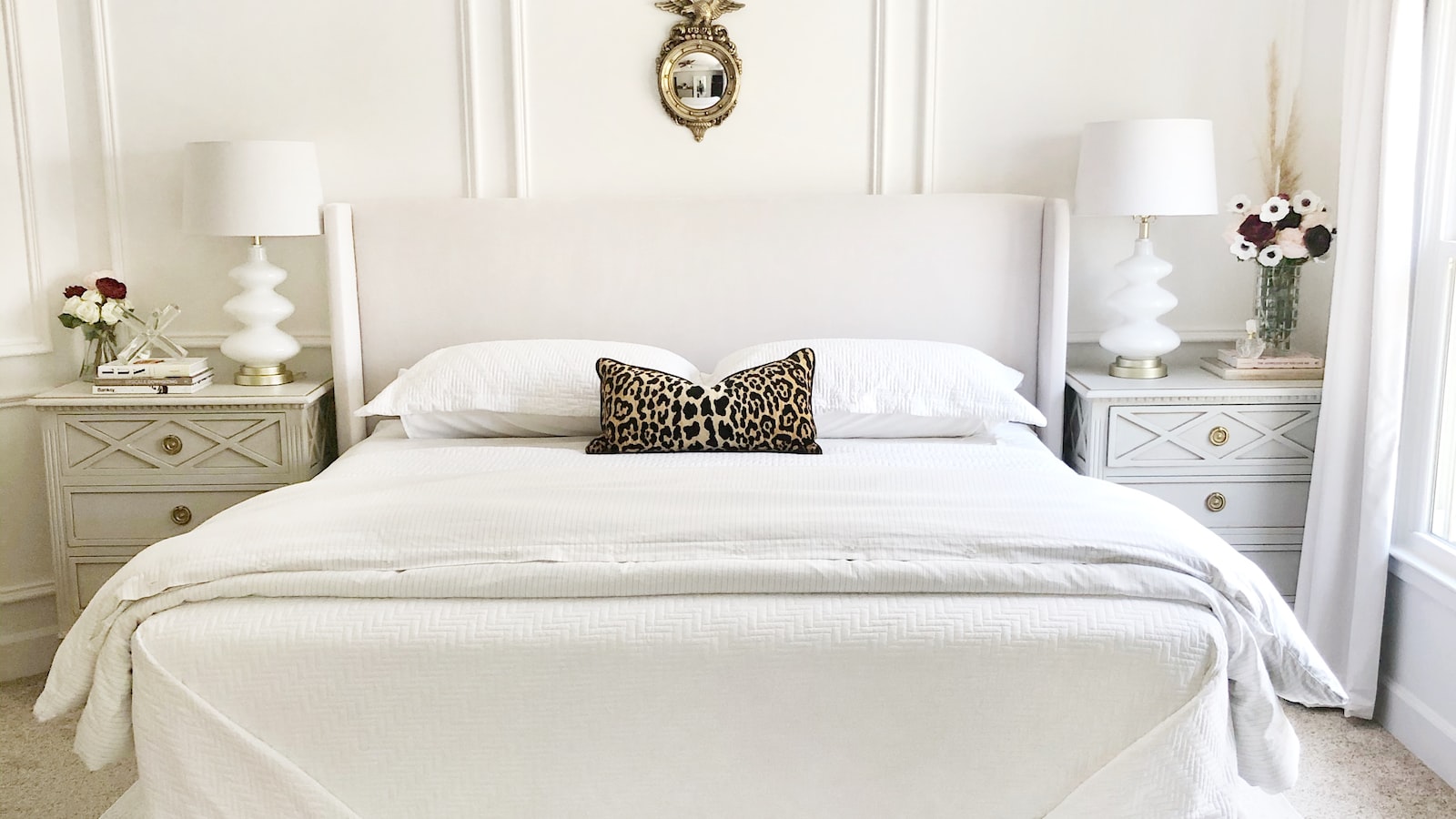Growing peppers indoors can be a rewarding experience. Not only are peppers a flavorful and nutritious addition to any meal, but they can be a great asset to any indoor garden. There are a few things you should know before diving into growing your own peppers indoors.
Choosing Your Peppers
When selecting peppers to grow indoors, you should choose types that are specifically suited for growing in containers or indoors. Some of these varieties may include bell peppers, small chili peppers, jalapeños, jalapeño poppers, habaneros, and the ever-popular banana pepper. It’s important to research which pepper variety is best suited for growing indoors as different seeds have different requirements.
Container Selection
In order to ensure healthy growth and development, it’s important to select the right container for your peppers. For peppers, you’ll want a container that holds at least 8-10 inches of soil and has adequate drainage. Plastic pots or containers work well for growing peppers indoors.
Soil Matters
When selecting soil for your peppers, you’ll want to find one that is lightweight and well-draining. A soil mix specifically designed for growing vegetables indoors is best, as this will ensure you’re providing your peppers with the right nutrients and minerals needed for healthy growth. Make sure your soil is properly watered and you may want to provide your plants with slow-release fertilizer throughout the growing season.
Lighting
It’s important to provide your peppers with the right lighting in order to ensure healthy growth. Peppers thrive in bright, indirect sunlight, which may be difficult to provide indoors. However, you can use grow lamps to supplement natural sunlight. You’ll want to use a combination of both direct and indirect lighting to ensure your plants get enough light.
Temperature and Humidity
In order to foster healthy pepper growth and development, you’ll need to provide your plants with adequate temperature and humidity. Pepper plants prefer temperatures between 70-80°F and humidity levels of 60-70%. By keeping an eye on these two factors, you can ensure that your peppers are receiving the best environment for growth.
Pruning and Harvesting
It’s important to prune your peppers regularly to ensure that they are producing healthy yields. Pruning helps to promote side branch growth and bushy foliage. When your peppers have matured, you can harvest them by cutting them off from the stems. Make sure to use gloves when handling peppers, as their juices can irritate your skin.
Growing peppers indoors can be a fun and rewarding experience. With the right container, soil, light, temperature, and humidity, you can ensure your peppers are producing healthy and delicious yields. By following the guidelines and tips outlined here, you can take your indoor pepper growing to the next level.



